When creating screencasts, my students' thought processes have become more complex as they speak their thinking about learning processes aloud. They take time to consider their words carefully in order to create authentic recordings of their learning. However, as my students work on these mediums, I'm not convinced that students' simple documentation of their thinking is enough. Sure, it tells something to me as the teacher, but does it reach full potentials for the student?
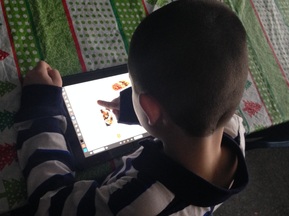
When screencasting, there is nothing more powerful than students listening to the playback of their own thinking. This process of re-reading, reflecting, and re-vamping is necessary in so many other facets of our classrooms, though. The challenge for educators lies in teaching students how to take fair and meaningful reflections and assessments of their own work. Though this is a little bit meta (learning how to assess your own learning ), it is amazingly powerful when students learn what they need to improve about themselves and their work, and when they choose to do so independently.
Explicit instruction and one-on-one interviews are absolutely necessary in the beginning of this teaching. It helps to set your expectations for each student's self-assessments as well as finding out about theirs. The end result helps them to shape their evaluations of themselves and base this thinking on a growth mindset: "What could I do better?" and "How can I do it better?"
After seeing the power of this in areas such as reading and math, I have begun integrating multiple student self-assessments into every subject area both with and without technology. My conclusion thus far is that student engagement is not improved simply by use of technologies, but rather, by meaningful student-centred pedagogy. From improving recorded playbacks, to monitoring self-progress through checklists, student blogging, reflection on completed tasks, and goal creation for the future, it has been nothing short of rewarding to watch my students take charge of their own learning.
How do you your students assess their own work? How do you help students to make appropriate and fair judgments of their own work to improve for the future? Your commentary is appreciated as I continue to build on this aspect of my classroom.







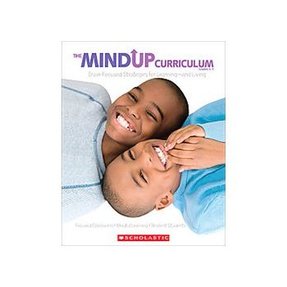
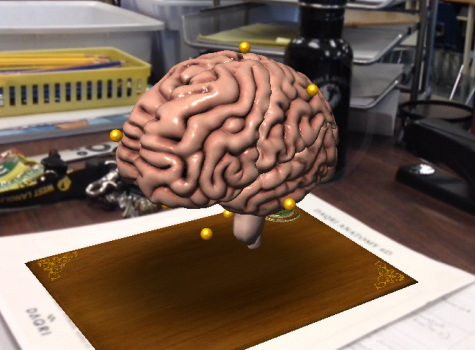


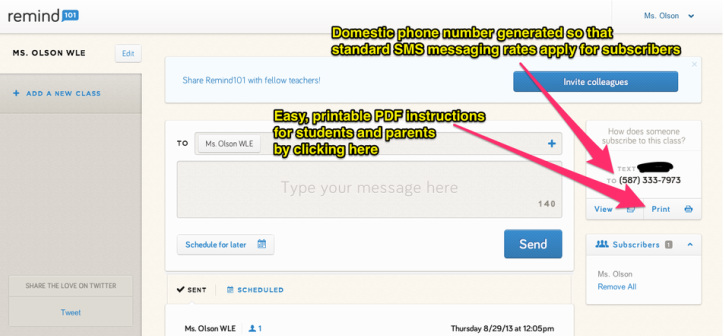

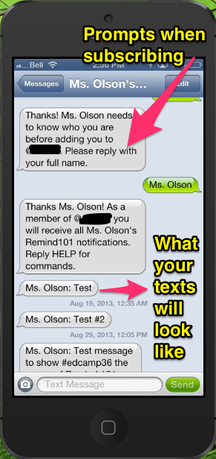

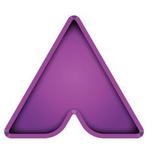

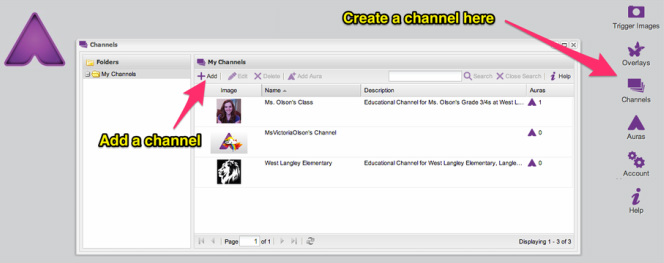


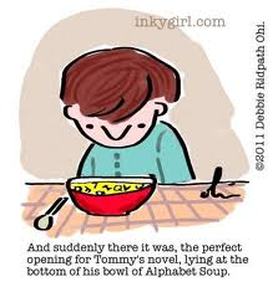
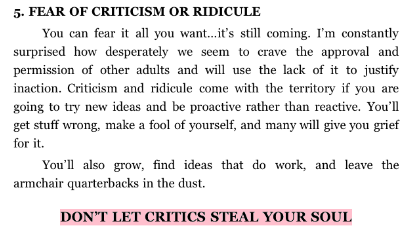
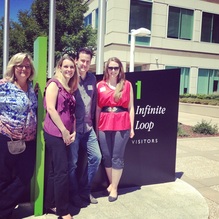
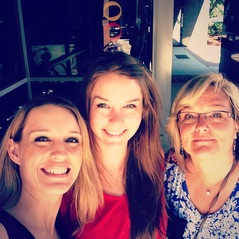
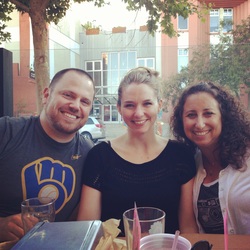
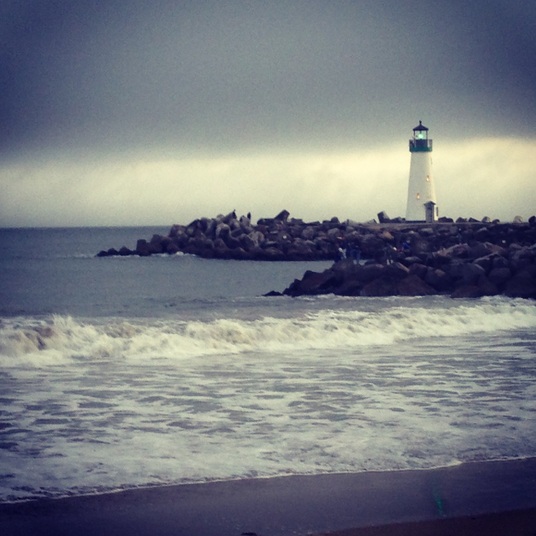
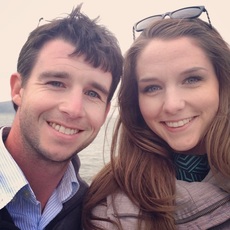
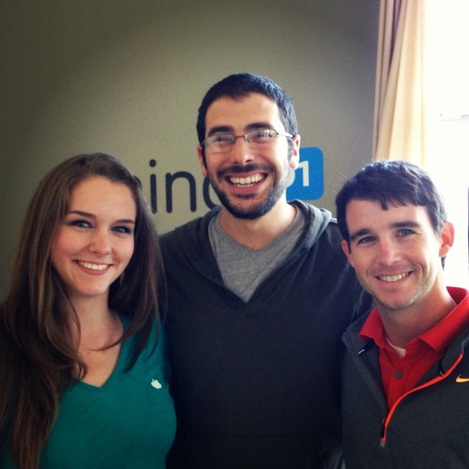
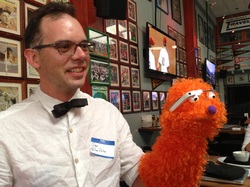
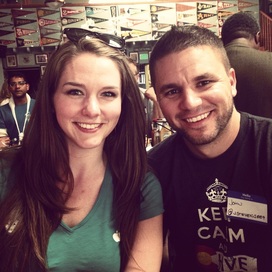
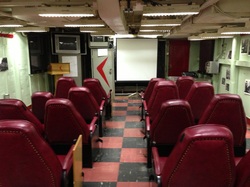



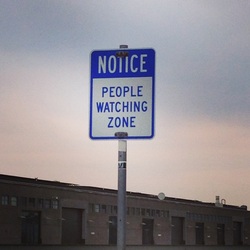

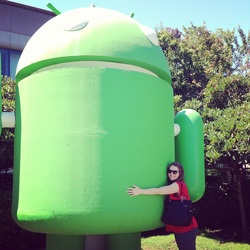
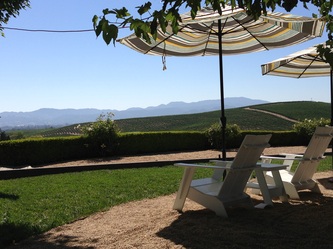
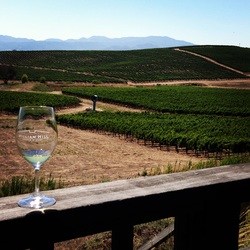
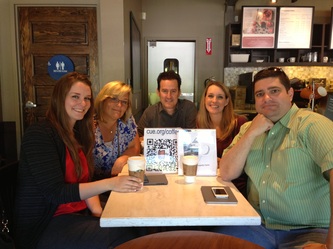
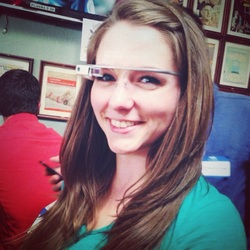


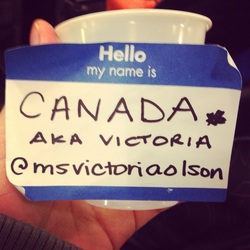



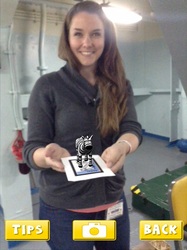



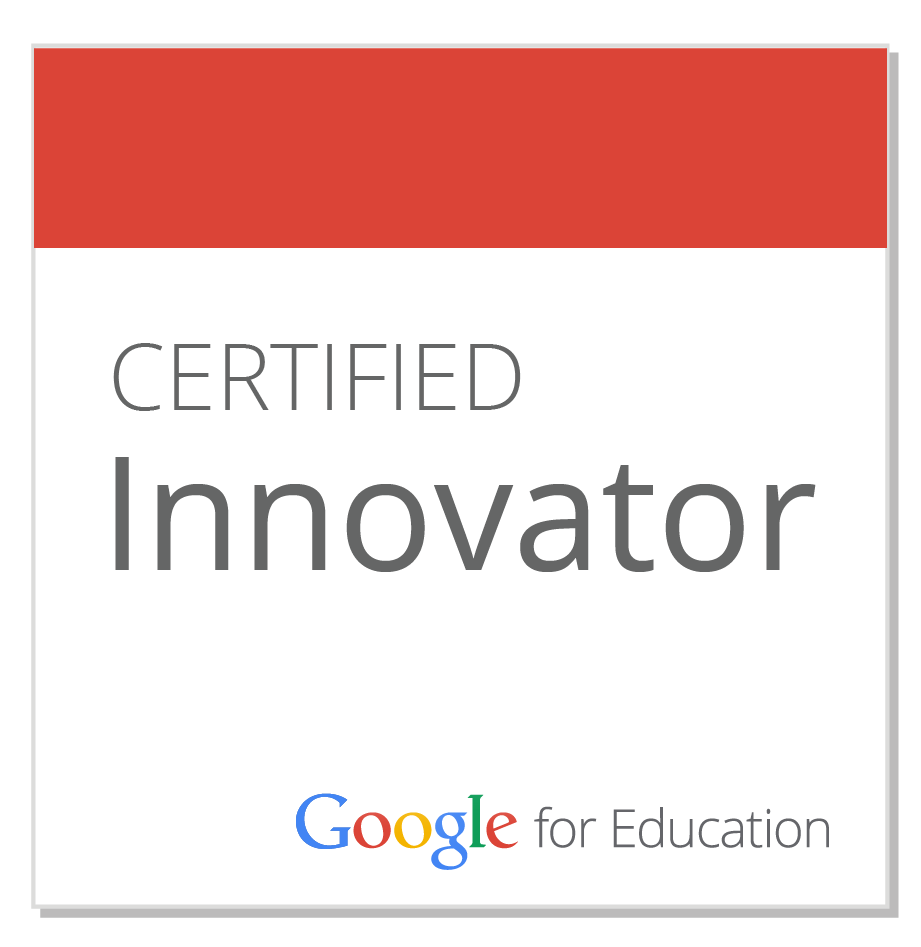
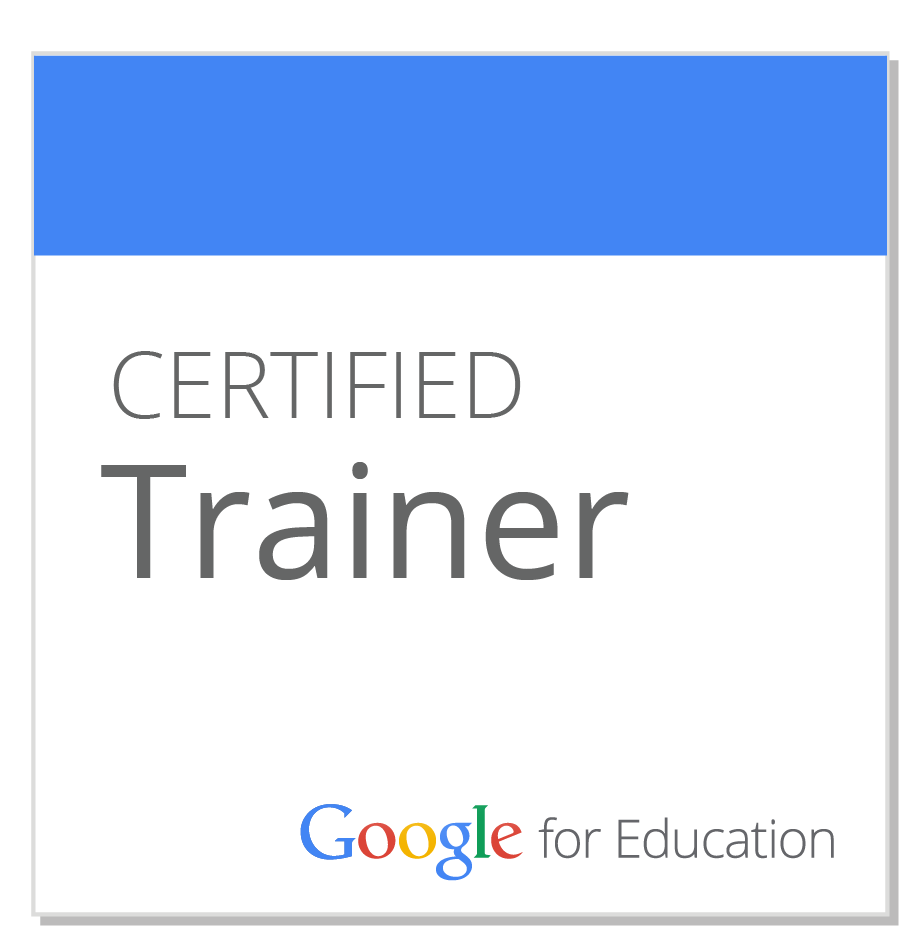
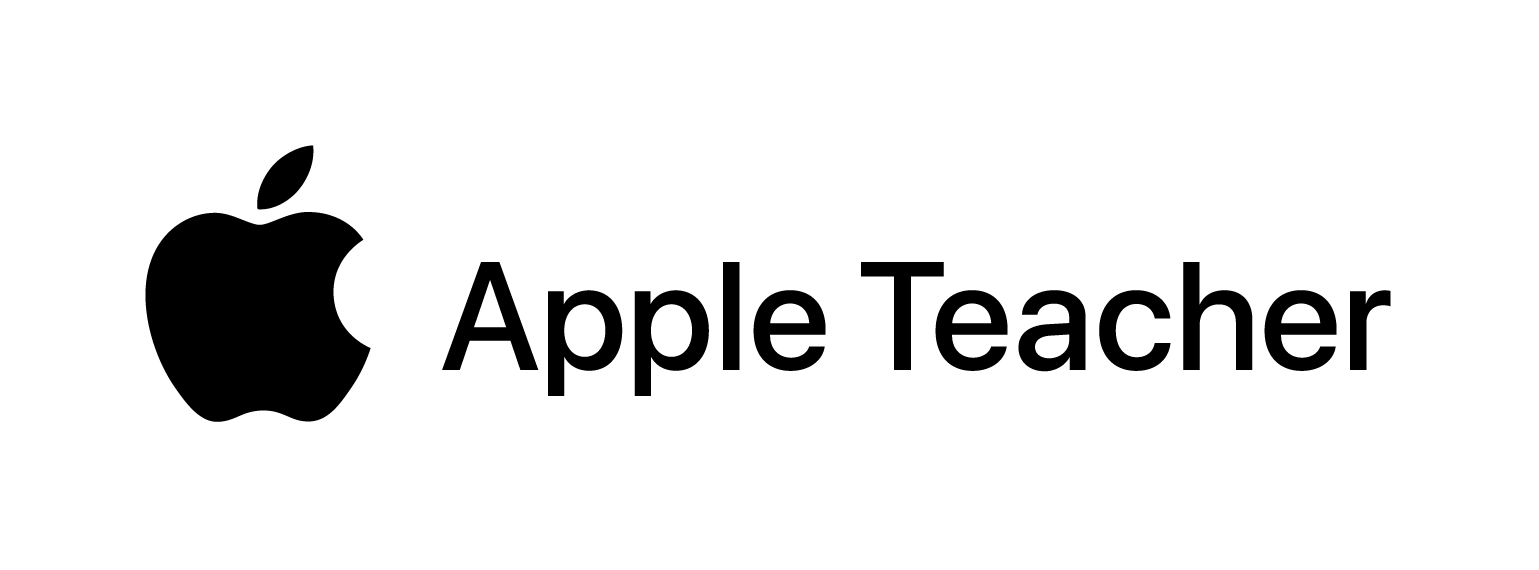
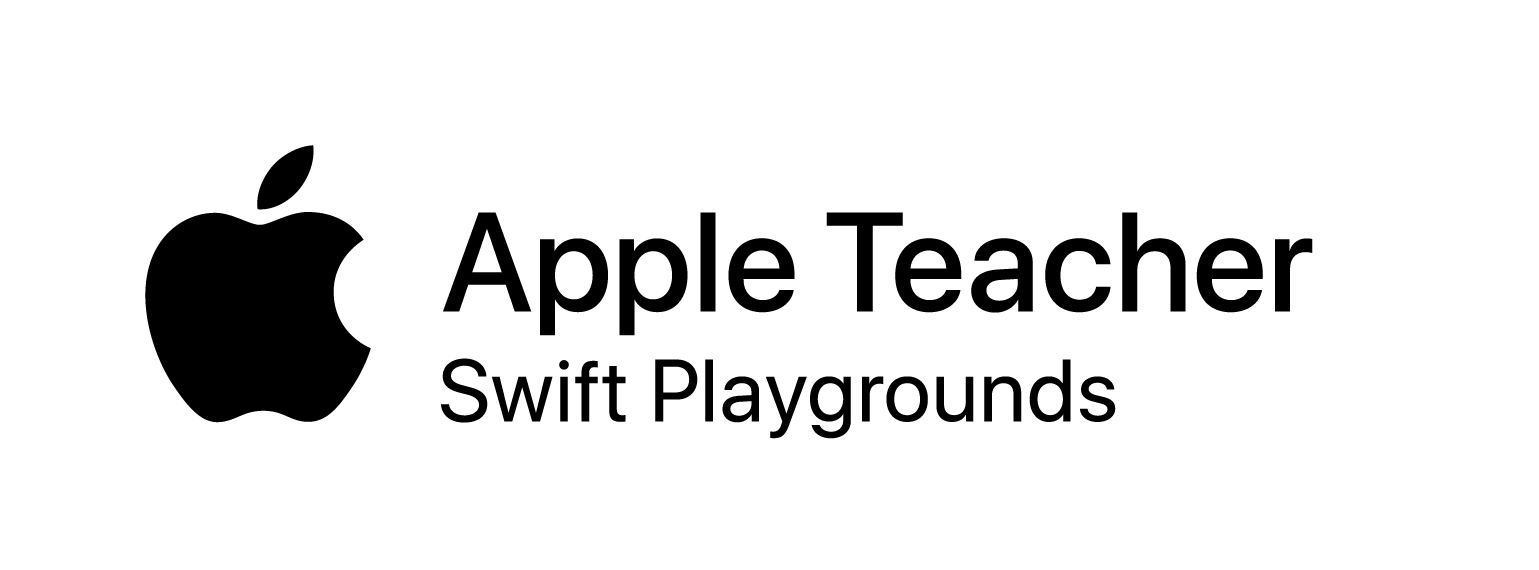

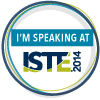
 RSS Feed
RSS Feed
